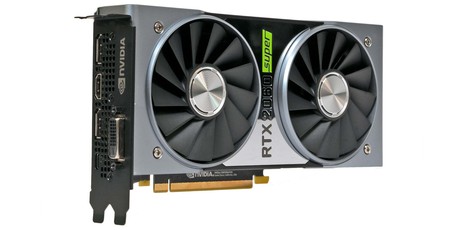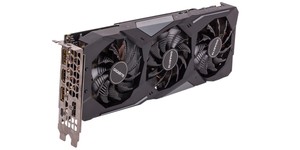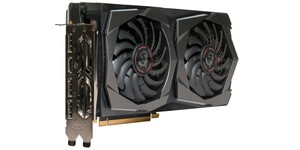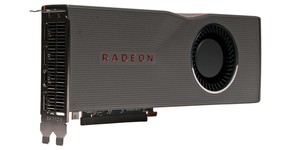
Performance Analysis
If you prefer high frame rates to high resolution, the RTX 2060 Super would make a great pairing with a high refresh rate 1080p monitor. At this resolution, only two games have a 99th percentile frame rate measured below 60fps – Assassin’s Creed Odyssey and Metro Exodus – but all others are comfortably above it, and it won’t be uncommon to have AAA games running with maximum settings at over 100fps on average with this card.
It’s 1440p that’s really the sweet spot, though. Average frame rates here are still high, running between 50fps and 95fps in our tests i.e. very smooth. Even in our toughest test, Metro Exodus, the 99th percentile frame rate is above 30fps, so the card is clearly cut out for the job, especially as in-game frame rates will be higher with this title than in the benchmark. With less demanding titles, you can expect to be above 60fps at all times – see World War Z and Far Cry New Dawn, for example.
4K is a less suitable resolution for this card, even with the new 8GB frame buffer and wider memory interface. More often than not the 99th percentile frame rate is below 30fps, which will leave a sour taste in the mouths of most PC gamers. You do have the option of reducing settings, of course, but regardless you’ll feel the strain soon if you insist on gaming at 3,840 x 2,160.

It should go without saying that this is very much a VR-capable card, and if you have a headset you needn’t worry about performance with RTX 2060 Super.
In our Metro Exodus ray tracing benchmarks, we see frame rates take a hit by 16 percent on average at 1080p and 22 percent at 1440p. This is substantial and of course is only indicative since it will vary by game and quality settings, but we’d say stick to a 1080p screen if you’re intending to invest heavily in ray tracing games with this card.
Versus current Nvidia hardware, we see a 15 percent lead on RTX 2060. As expected, the larger frame buffer and greater memory bandwidth gives the new card a bigger lead as you move from 1080p (11.6 percent) to 1440p (13.6 percent) and 4K (16.7 percent).
There is no significant difference between this card and RTX 2070, meanwhile. With a few more cores, the RTX 2070 is usually a touch faster, but sometimes the higher average clock of RTX 2060 Super comes into play and gives it the lead in about one third of our game benchmarks - though only just. Meanwhile, the new RTX 2070 Super is about 17 percent ahead on average.

In terms of Nvidia vs. AMD, the most interesting comparisons are still to come this Sunday when Navi is released. Nevertheless, Vega 64 third-party cards are being sold for the same £380 as RTX 2060 Super is set to launch for. Our card is a reference one (£300), and Nvidia’s new card is about eight percent faster in games on average. However, since this is a comparison of different architectures, this average hides inter-game variance. Nvidia gets its biggest wins in DX11 titles like Assassin’s Creed Odyssey and Total War: Three Kingdoms, but Far Cry New Dawn shows AMD can still do well in this API, as here Vega 64 is within three percent of RTX 2060 Super. AMD does score a nice win in the single Vulkan title, World War Z, preventing it from being a total whitewash.
It’s pretty clear from the thermal graph that the Founders Edition designs remain unchanged, as all four we have in the charts have pretty much identical delta temperature results under load. The 2060 Super was listed as power-limited in GPU-Z and was boosting to just under 1,800MHz. It actually consumes a little less power than we expected, coming out neck and neck with the RTX 2060 in our tests despite it now having a nominally higher TDP, and noise is pretty well managed as well – not too loud and no annoying pitch to the fans.
The extra 100MHz or so we achieved through overclocking netted us performance gains of between six and eight percent. This did not significantly affect the card’s thermal performance.

MSI MPG Velox 100R Chassis Review
October 14 2021 | 15:04








Want to comment? Please log in.